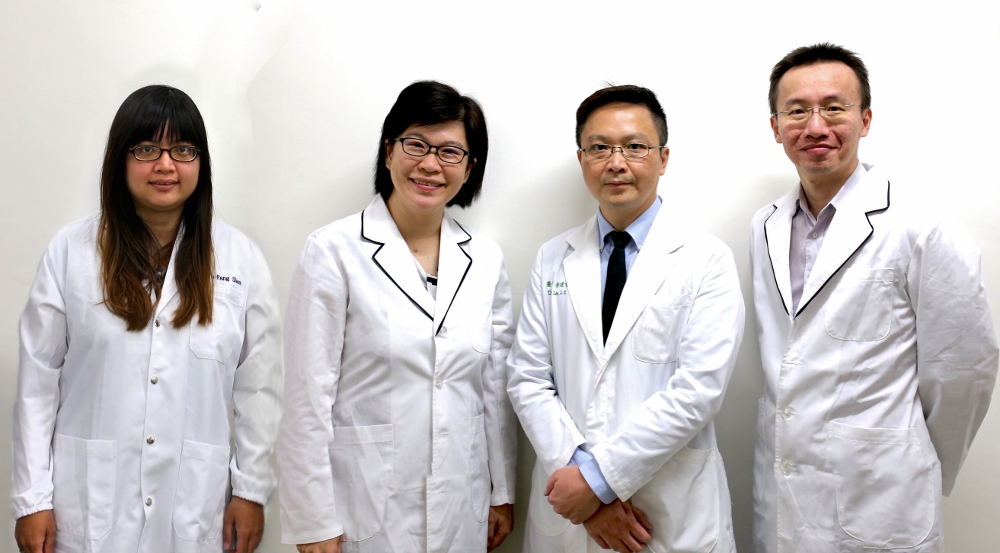The 3D Printing Medical Research Center at AU developed an “artificial dermis” which was granted a 16th National Innovation Award.
Prof. Yu-Fang Shen, a principal investigator of the 3D Printing Medical Research Center and an assistant professor of the Department of Bioinformatics and Medical Engineering at Asia University (AU), led a team of clinicians from the China Medical University Hospital to develop a new kind of medical technology for producing a kind of so-called “artificial dermis.” This medical application combining with a 3D collagen base can greatly improve the life quality for patients of diabetes and burns/scalds. Moreover, this innovative development is granted a patent, and also won a 16th National Innovation Award by the Institute for Biotechnology and Medicine Industry (IBMI) in Taiwan.
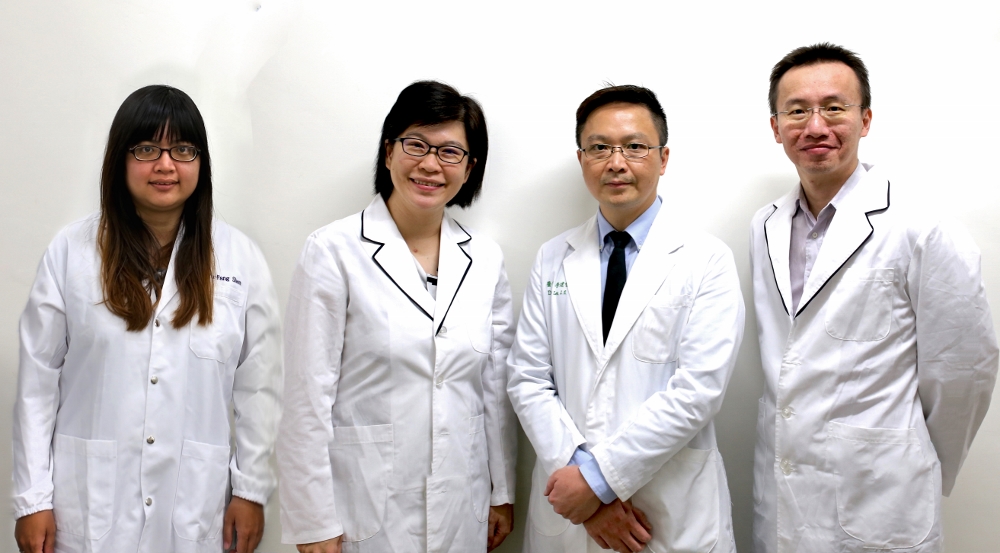
The members of the award-winning research team include Prof. Yu-Fang Shen, an assistant professor of the Department of Bioinformatics and Medical Engineering at Asia University (AU), Prof. Yi-Wen Chen, a Deputy Director of AU 3D Printing Medical Research Center, Dr. Jian-Jr Lee, the Director of Plastic Surgery at the China Medical University Hospital, and Prof. Ming-You Shie, an associate researcher of the center.
Prof. Ta-Cheng Chen, a Vice President and a Chair Professor of the Department of M-Commerce and Multimedia Applications at AU, said that the artificial dermis that was manufactured with 3D cell blocks and a 3D collagen base possesses high biocompatibility and physical properties like a natural skin. The cell blocks can secrete extracellular matrices and growth factors to provide an environment to repair skin tissue and accelerate skin remodeling.
“Patients who suffer from scar contractures or flap loss often affect their quality of life and wound recovery” said Prof. Shen. Wound healing is the process that the skin repairs itself by the body’s own collagen and fibrin; however, when the area of skin loss is too larger, it needs to require skin grafting for healing. Therefore, the research team integrated properties like strength of the material, quality of 3D printer, and biocompatibility in the design of medical applications to develop an “artificial dermis”. As a result, it was verified successfully by animal experiments to repair skin tissue and benefit clinical diagnosis and treatment.
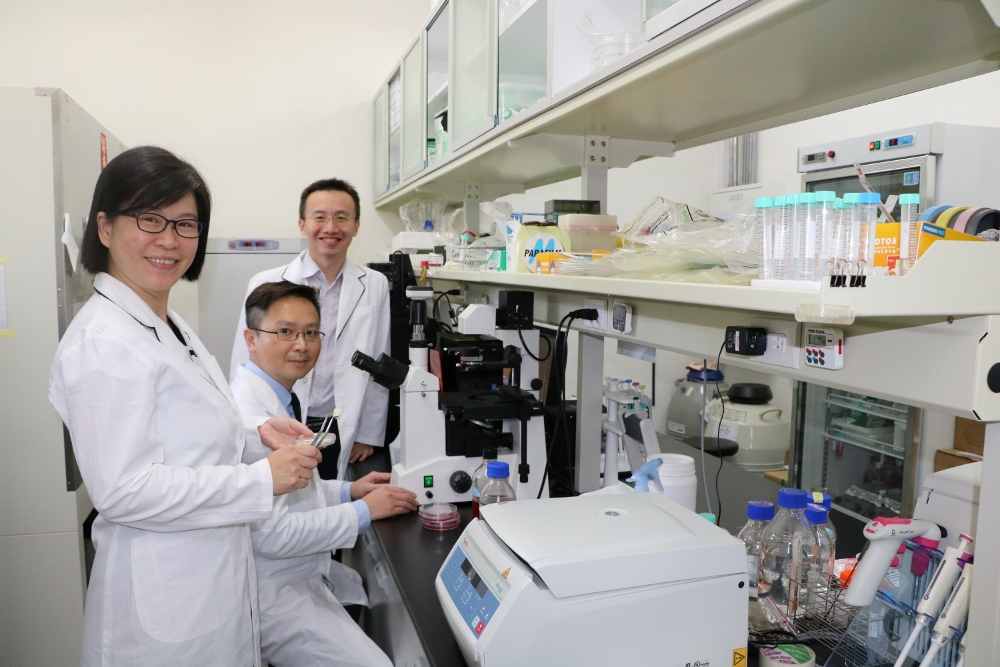
Prof. Yi-Wen Chen, Dr. Jian-Jr Lee, and Prof. Ming-You Shie work together in the lab of the AU 3D Printing Medical Research Center.
The bio-printing technology brings advantages to many aspects of medical treatments. With the aim to solve the shortage for lifesaving organ transplants, the AU 3D Printing Medical Research Center is studying hard how to build artificial organs and tissues similar to those of the human body, such as cartilages, skin, and blood vessels, by the 3D bio-printing technology. Also, they are trying to develop organs that can overcome immune rejection issues to repair damaged tissues and replace the natural organs.
In collaboration with China Medical University and Georgia Institute of Technology (USA) in 2017, the AU 3D Printing Center was established to integrate various resources and related research domains by introducing the latest technologies and medical treatments. The center consists of many experts and scholars from various fields that help industries identify the design and development of innovative processes and potential products. In addition, it has won the National Innovation Award for three consecutive years, published several high-impact journal articles, and was supported by several projects of the Ministry of Science and Technology, with a total budget of nearly NT$60 million dollars. Finally, the 3D Printing Medical Center hopes to uplift their medical yields to a higher level and promote Taiwan’s medical technology to the world class.
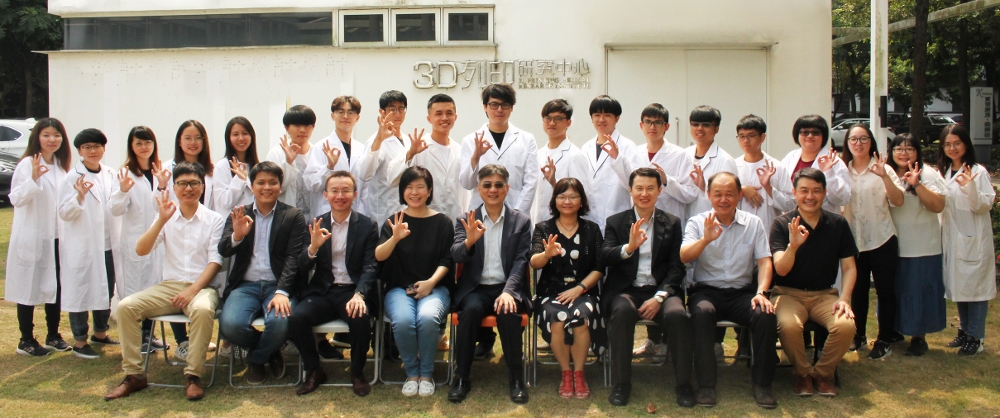
A shot of the research members of AU 3D Printing Medical Research Center in front of the center.

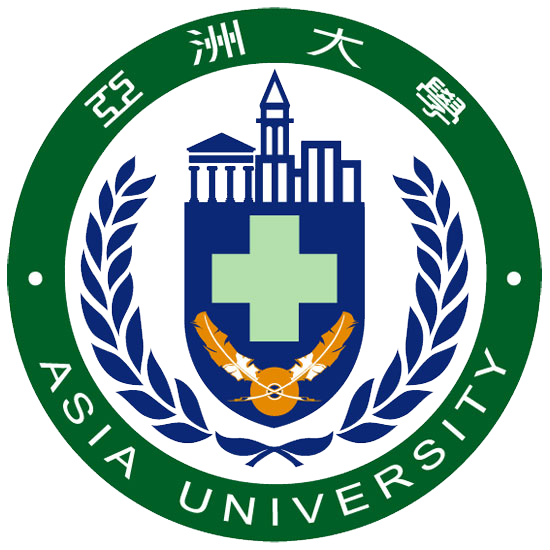 OFFICE OF ACADEMIC AFFAIRS-Student Internship and Learning Guidance Division
OFFICE OF ACADEMIC AFFAIRS-Student Internship and Learning Guidance Division